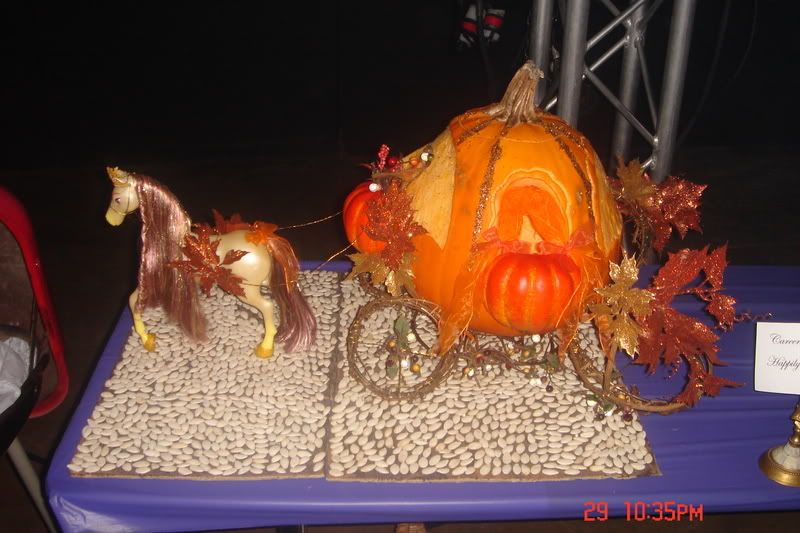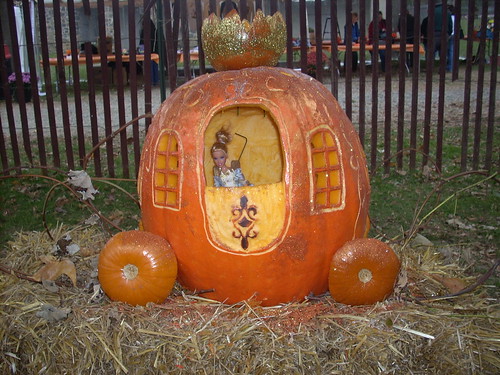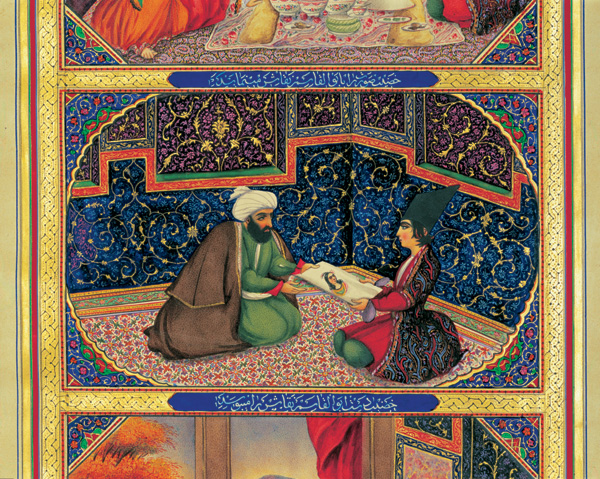For anyone interested in reading on the possible origins of the ballet story, this has some good reading. No matter what the speculated origins, it points out that Tchaikovsky himself had a bit of influence on the ballet story, making it truly unique and not primarily a folk tale.
Surlalune has a Swan Maiden tale. The site is not yet annotated and doesn't include history currently, but this particular tale has a very interesting twist on the story-it has a more typical Swan Maiden beginning, where the man steals the dress of the maiden while she is bathing and won't give it back, insisting she become his wife. She goes with him unwillingly, although these tales always have them happily married after this rather unlikely beginning, which irritates me. As always, the maiden escapes when she has a chance-but then the fairy tale turns into East of Sun, West of the Moon, only with the male doing the searching instead of the woman. Once again, the running away part would imply that she doesn't WANT to be his wife, but once he finds her at the end she goes back with him and they live happily ever after (they must have a REALLY good marriage counselor.)

Surlalune has a Swan Maiden tale. The site is not yet annotated and doesn't include history currently, but this particular tale has a very interesting twist on the story-it has a more typical Swan Maiden beginning, where the man steals the dress of the maiden while she is bathing and won't give it back, insisting she become his wife. She goes with him unwillingly, although these tales always have them happily married after this rather unlikely beginning, which irritates me. As always, the maiden escapes when she has a chance-but then the fairy tale turns into East of Sun, West of the Moon, only with the male doing the searching instead of the woman. Once again, the running away part would imply that she doesn't WANT to be his wife, but once he finds her at the end she goes back with him and they live happily ever after (they must have a REALLY good marriage counselor.)

Speaking of gender role reversals-off of Surlalune you can read more versions on the web. One of Ashliman's collected tales is a German tale, "The Three Swans" (you have to scroll down past a couple other versions to get to it). In the tales about brothers turned into birds I mentioned before, the heroine saves them through a mix of silence and making shirts for them out of painful nettles. Naturally women get all up in arms because this could imply that the ideal female is silent, but in this version the male has to get the female back with suffering and silence! Although, the females who suffer from silence do so for a lot longer...

One more issue that comes up when telling this tale to children is the issue of the happy vs. sad ending. It's a controversial topic that comes up often in fairy tale conversations-which versions should we tell children? The most authentic, most "adult" versions? The Victorian, somewhat authentic, sometimes very morbid versions? Or the modern children's versions that fit our ideals of "child appropriate," which are not authentic at all?
There are those who adamantly claim that children should not be spoon-fed idealized and unrealistically happy stories, yet I wonder if they have ever actually looked a child in the face and told them all the gory details of an old fairy tale, or that the Prince and Odette die at the end of Swan Lake. It's simply different when you have an actual child in front of you. Keeping in mind, of course, that each child is different and has different tolerance levels. But speaking on the teacher side of things-parents get reeeally uptight about what you teach their children. Some of it is understandable and some of it is not (a fellow teacher once got a passive agressive letter starting, "Dear lady, I hear you have been telling kids I don't exist..." and signed "Santa Claus" because she taught a lesson to fourth graders about the history of Santa Claus. My mom has had to stop showing certain movie versions of stories because parents report that it gave their children nightmares.) Basically, when other people's children are in your care, it pays to be extra careful.
I solve the problem of the Swan Lake ending by asking, "Do you want the happy ending or the sad ending?" when telling it to students/children. No one has ever asked for just the sad ending-they either ask for both, or the happy one. Some storybooks, or maybe even ballet productions, have a true love conquers all ending, so it's not entirely made up by me.
Images-Finnish National Ballet, picture by Neil McCartney; Kiev Classical Ballet; Mariinsky Ballet
Images-Finnish National Ballet, picture by Neil McCartney; Kiev Classical Ballet; Mariinsky Ballet















 This is the side of his face that got burned. The other half looks like regular Mel Gibson.
This is the side of his face that got burned. The other half looks like regular Mel Gibson.





















